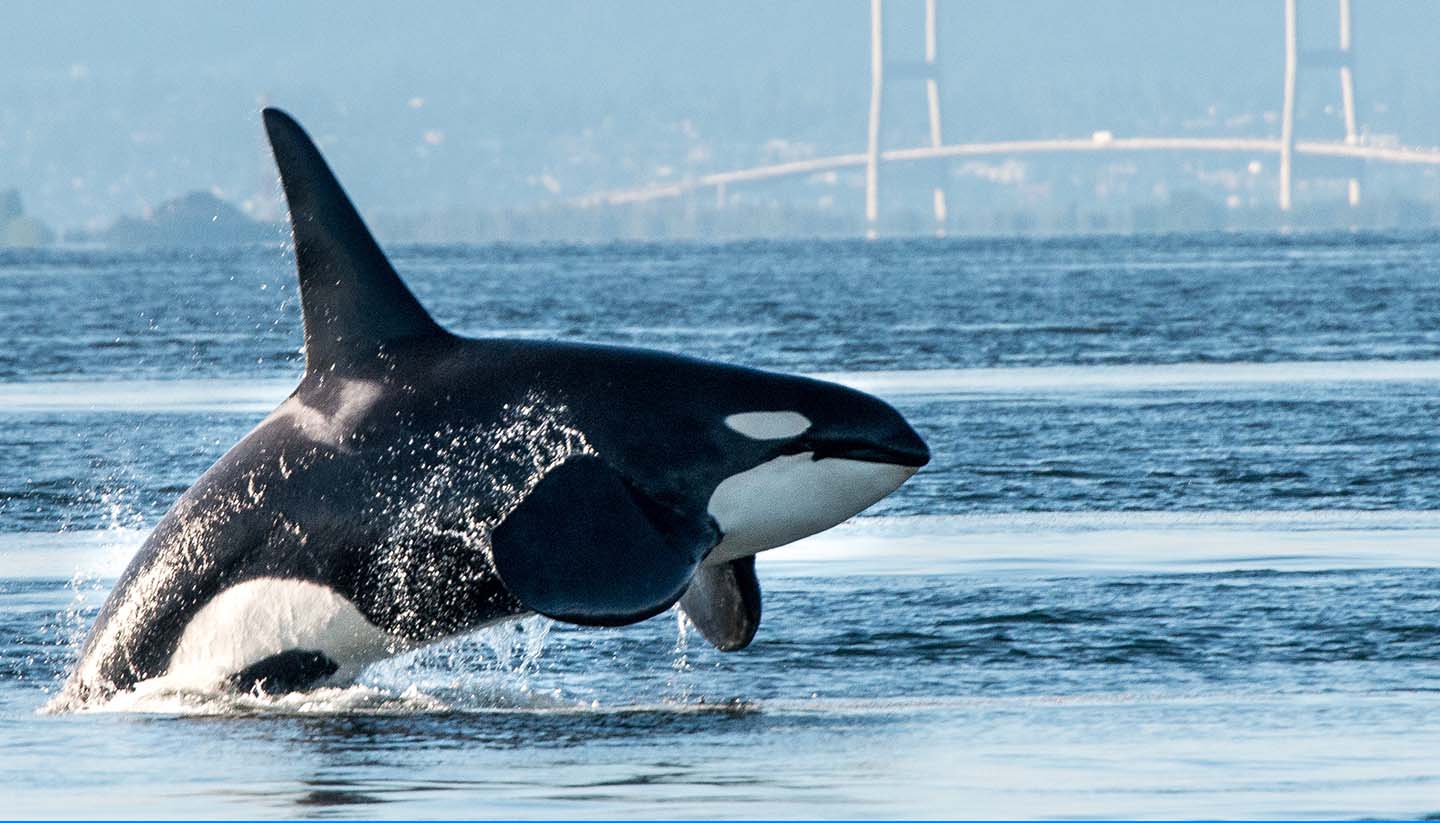British Columbia Weather, climate and geography
Weather and climate
Best time to visit
The southern coast of British Columbia is one of the mildest regions in Canada, with warm summers and relatively mild winters - hence Vancouver Island's coastal rainforests and Victoria's palm trees. Summers in the province's interior are hot. Heavy snowfalls occur in the mountains.
Required clothing
Lightweights for most of the summer, with warmer clothes sometimes necessary in the evenings. Mediumweights are worn during winter, with Alpine wear in the mountains. Waterproof clothing is advisable throughout the year.
Geography
British Columbia is Canada's most westerly province, bordered to the south by the USA (Washington, Idaho and Montana states), to the east by Alberta, to the north by the Northwest Territories and the Yukon, and to the west by the Pacific Ocean and the 'Alaska Panhandle'. It is mainly covered by virgin forests, and encompasses the towering Rocky Mountains (rising to 3,954m/12,972ft), vast expanses of semi-arid sagebrush, lush pastures on Vancouver Island's east coast, farmland in the Fraser River delta, and fruitland in the Okanagan Valley. The highest mountain is Fairweather at 4,663m (15,298ft). Between the eastern and coastal mountains is a lower central range. The coastal range sinks into the Pacific, with larger peaks emerging at Vancouver Island and Haida Gwaii (Queen Charlotte Islands). The Columbia River flows from the Rockies into Washington State and out into the Pacific Ocean.


